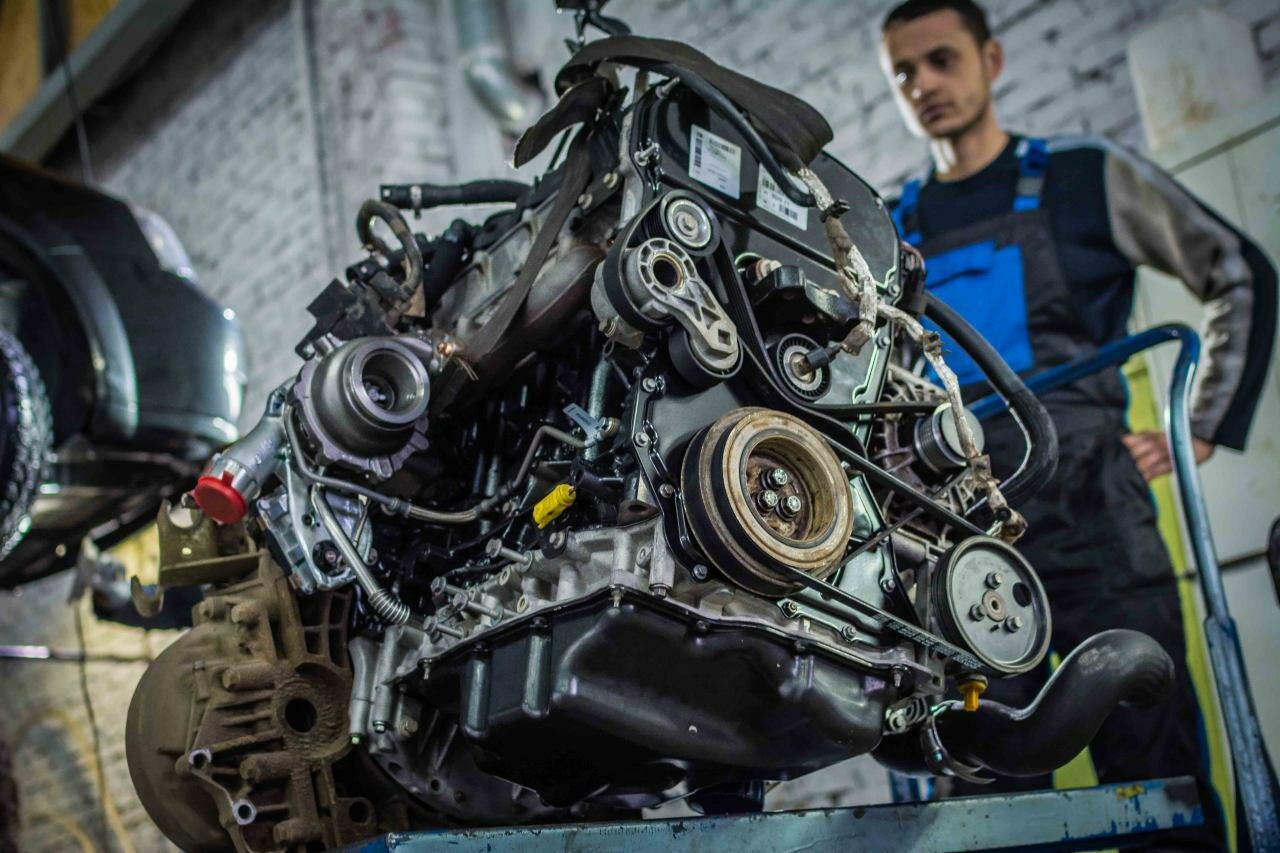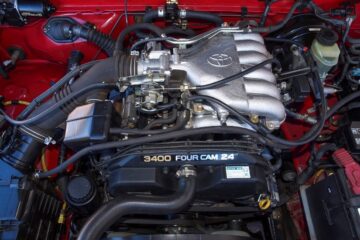Is Toyota 3.4 an Interference Engine?
Unveiling the Truth Behind Toyota’s Engine Design
When it comes to automotive engineering, the design and functionality of an engine play a crucial role in a vehicle’s performance and reliability. One such engine that has garnered attention is the Toyota 3.4. With its reputation for durability and efficiency, many car enthusiasts and owners are curious to know whether the Toyota 3.4 is an interference engine or not.
An interference engine refers to an engine design where the pistons and valves occupy the same space within the combustion chamber. In such engines, if the timing belt or chain fails, it can result in catastrophic damage as the pistons can collide with the valves, leading to costly repairs or even engine replacement.
So, what about the Toyota 3.4? Is it an interference engine that poses potential risks or a well-engineered system that ensures the safety of its components? Let’s delve into the details and uncover the truth behind this intriguing question.
- Understanding Interference Engines
- Toyota 3.4: A Closer Look
- Reliability and Safety Considerations
- Conclusion
By the end of this article, you will have a comprehensive understanding of whether the Toyota 3.4 falls into the category of interference engines and the implications it may have on your vehicle’s longevity and maintenance costs. So, let’s embark on this informative journey and unveil the truth behind Toyota’s engine design.
Unveiling the Truth: Is Toyota 3.4 an Interference Engine?
Understanding Interference Engines
Before we dive into the specifics of the Toyota 3.4 engine, let’s first understand what an interference engine truly entails. In an interference engine, the pistons and valves share the same space within the combustion chamber. This design choice allows for better performance and efficiency but also poses potential risks.
If the timing belt or chain that synchronizes the movement of the pistons and valves fails, it can result in a collision between these components. This collision can cause severe damage to the engine, leading to costly repairs and potentially rendering the vehicle inoperable.
Now, let’s explore whether the Toyota 3.4 falls into the category of interference engines and what implications it may have for owners.
Toyota 3.4: A Closer Look
The Toyota 3.4 engine, also known as the 5VZ-FE, is a V6 engine that was produced from 1995 to 2004. It was primarily used in various Toyota models, including the 4Runner, Tacoma, and Tundra.
When it comes to the design of the Toyota 3.4 engine, it is important to note that it is not an interference engine. Toyota engineers opted for a non-interference design, prioritizing safety and reliability. This means that in the event of a timing belt or chain failure, the pistons and valves will not collide, minimizing the risk of catastrophic engine damage.
By choosing a non-interference design, Toyota ensures that owners can have peace of mind, knowing that their vehicles are equipped with an engine that can withstand potential timing belt or chain failures without incurring extensive repair costs.
Reliability and Safety Considerations
When evaluating the reliability and safety of the Toyota 3.4 engine, it is important to consider not only its interference or non-interference design but also its overall performance and durability.
The Toyota 3.4 engine has gained a reputation for its reliability and longevity. With proper maintenance and care, this engine can deliver exceptional performance and withstand the test of time. However, it is crucial to follow the manufacturer’s recommended maintenance schedule, including regular timing belt or chain replacements, to ensure optimal engine performance and prevent any potential issues.
While the Toyota 3.4 engine is not an interference engine, it is still essential to prioritize routine maintenance to avoid any unexpected failures or breakdowns. Regular inspections, oil changes, and timely replacement of worn-out components are key to keeping your Toyota 3.4 engine running smoothly and maximizing its lifespan.
Top views |
|
|---|---|
 |
Oil, Timing Chains, Pistons: What Really Kills an Engine Prematurely? |
 |
How to Choose a Car with a Reliable Engine: Used Car Market Hacks That Actually Work |
Conclusions
In conclusion, the Toyota 3.4 engine, also known as the 5VZ-FE, is not an interference engine. Toyota engineers have prioritized safety and reliability by opting for a non-interference design. This means that in the event of a timing belt or chain failure, the pistons and valves will not collide, reducing the risk of significant engine damage.
However, it is important to remember that regular maintenance and adherence to the manufacturer’s recommendations are crucial for ensuring the longevity and optimal performance of any engine, including the Toyota 3.4. By following the maintenance schedule and addressing any issues promptly, owners can enjoy the reliability and durability that the Toyota 3.4 engine has to offer.
So, if you own a vehicle equipped with the Toyota 3.4 engine, rest assured that you have a reliable and safe engine under the hood. Just remember to prioritize maintenance and enjoy the smooth and worry-free driving experience that Toyota has designed for you.





0 Comments